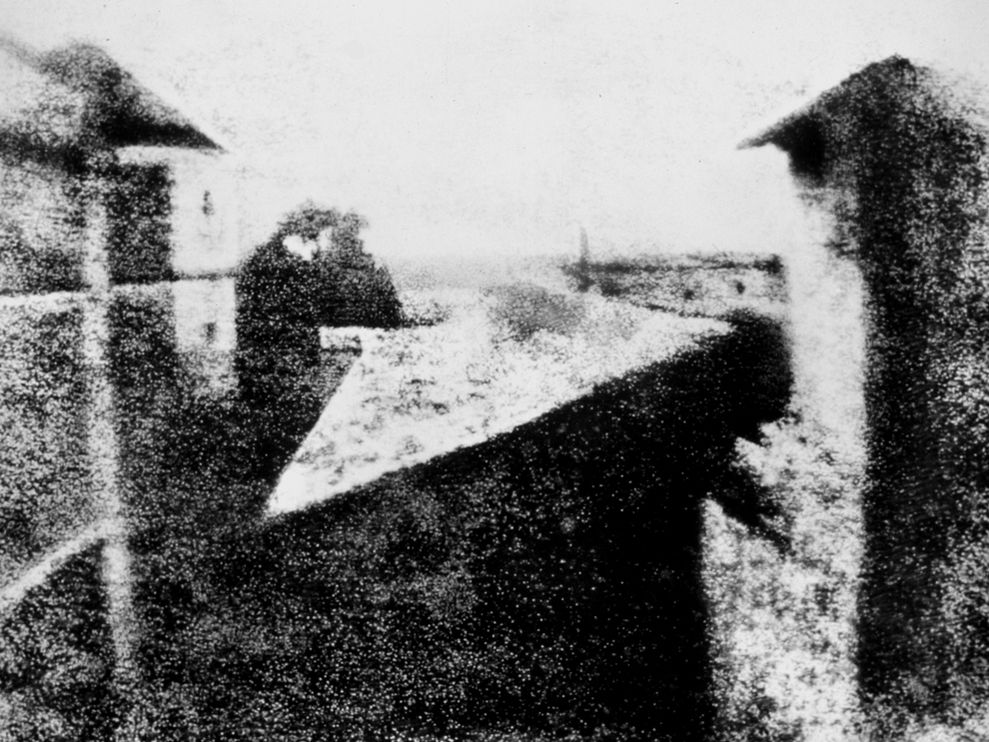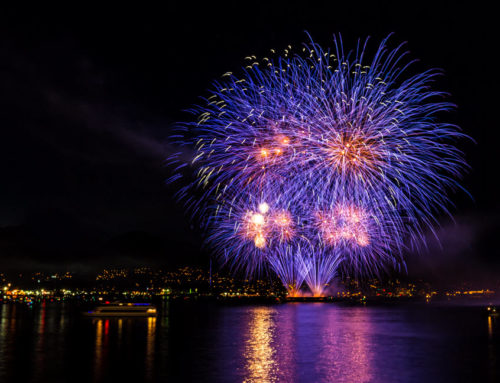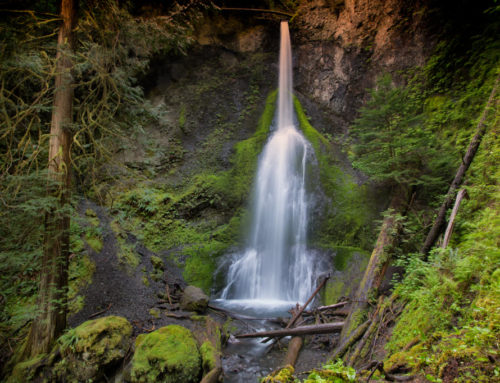Long before the first public announcements of photographic processes in 1839, Joseph Nicéphore Niépce, a scientifically-minded gentleman living on his country estate near Chalon-sur-Saône, France, began experimenting with photography. Fascinated with the craze for the newly-invented art of lithography which swept over France in 1813, he began his initial experiments by 1816. Unable to draw well, Niépce first placed engravings, made transparent, onto engraving stones or glass plates coated with a light-sensitive varnish of his own composition.
View from the Window at Le Gras, the first successful permanent photograph created by Nicéphore Niépce in 1826 or 1827, in Saint-Loup-de-Varennes. Captured on 20 × 25 cm oil-treated bitumen. Due to the 8-hour exposure, the buildings are illuminated by the sun from both right and left.The First Photograph, housed in its original presentational frame and sealed within an atmosphere of inert gas in an airtight steel and plexiglas storage frame, must be viewed under controlled lighting in order for its image to be visible. In general, this procedure also requires viewing within a darkened environment free of other incidental light sources. This effect, suggestive of Gernsheim’s fIrst viewing of the mirror-like effect of the pewter plate, attempts to give each viewer the chance to experience the effect of discovery from which the image can be seen to seemingly emerge from the original heliograph plate.
In 1824 Niépce met with some degree of success in copying engravings, but it would be two years later before he had success utilizing pewter plates as the support medium for the process. By the summer of that year, 1826, Niépce was ready. In the window of his upper-story workroom at his Saint-Loup-de-Varennes country house, Le Gras, he set up a camera obscura, placed within it a polished pewter plate coated with bitumen of Judea (an asphalt derivative of petroleum), and uncapped the lens. After at least a day-long exposure of eight hours, the plate was removed and the latent image of the view from the window was rendered visible by washing it with a mixture of oil of lavender and white petroleum which dissolved away the parts of the bitumen which had not been hardened by light. The result was the permanent direct positive picture you see here—a one-of-a-kind photograph on pewter. It renders a view of the outbuildings, courtyard, trees and landscape as seen from that upstairs window.
Thereafter, the nineteenth century would see the first photograph pass from Bauer’s estate and through a variety of hands. After its last public exhibition in 1898 it slipped into obscurity and did not surface for over half a century. It was only in 1952 that the photohistorian, Helmut Gernsheim, was able to follow the clues, establish the work’s provenance, and discover where descendants of the plate’s last recorded owner had forgotten that it was stored away. He verified the photograph’s authenticity, obtained it for his collection, and returned Joseph Nicéphore Niépce to his rightful place as the first photographer. It is this heliograph—the world’s earliest-known, permanent photograph from nature—that remains the cornerstone not only to UT’s Photography Collection but also to the process of photography which has revolutionized our world throughout nearly two centuries. Because of its uniqueness and its significance to the fine arts and humanities, it is among the world’s and The University’s rarest treasures.






Intelligence and simlcpiity – easy to understand how you think.
I like this post, enjoyed this one appreciate it for posting .
There are some interesting points in time in this article but I don’t know if I see all of them center to heart. There is some validity but I will take hold opinion until I look into it further. Good article , thanks and we want more! Added to FeedBurner as well
Fantastic goods from you, man. I’ve keep in mind your stuff previous to and you’re just extremely magnificent. I actually like what you have received here, certainly like what you are stating and the best way in which you assert it. You’re making it entertaining and you still care for to keep it sensible. I can not wait to learn much more from you. That is actually a tremendous website.